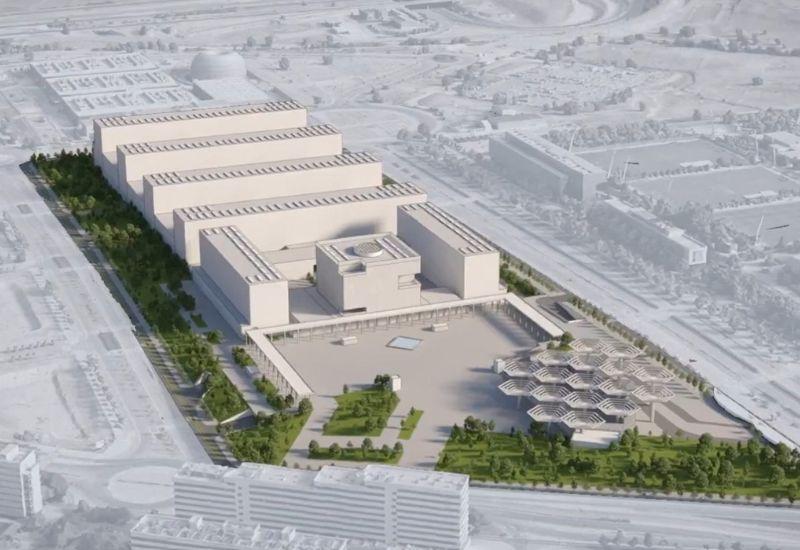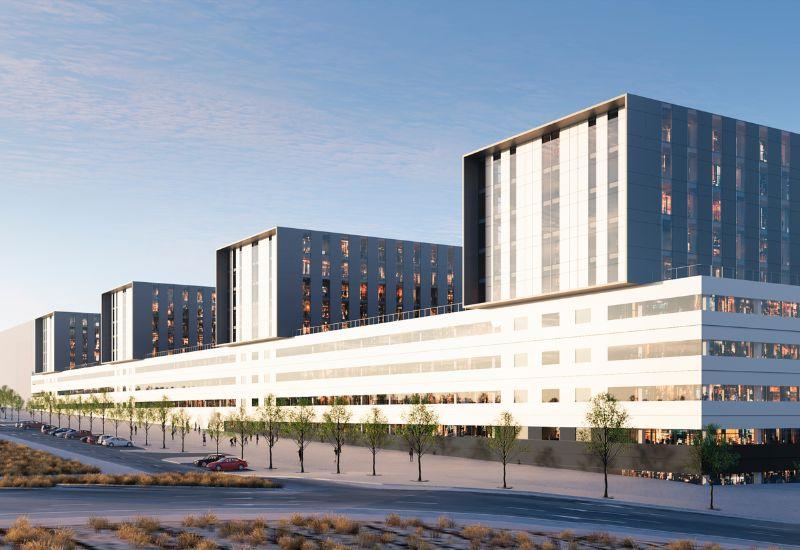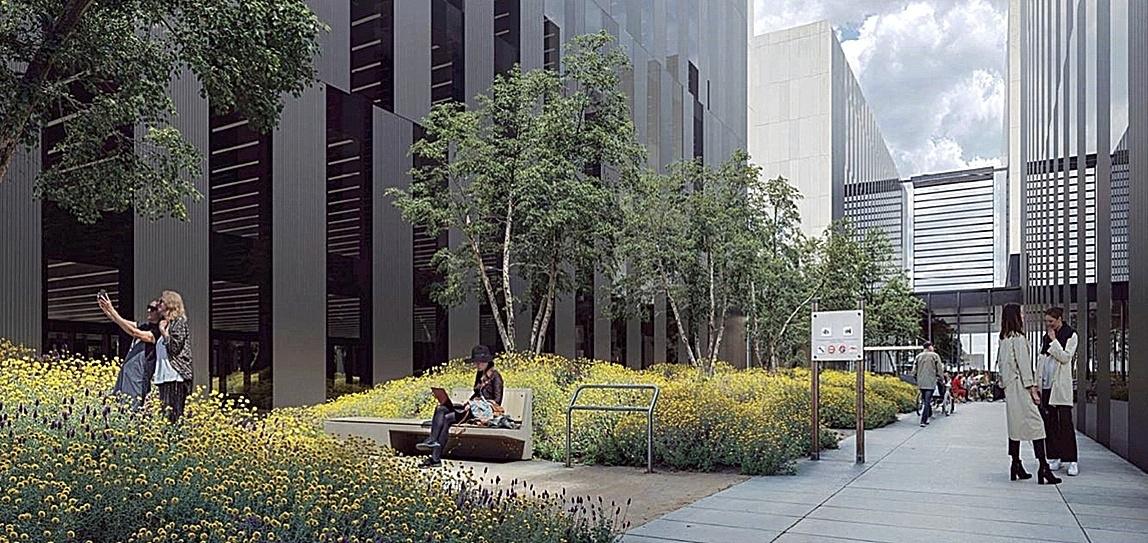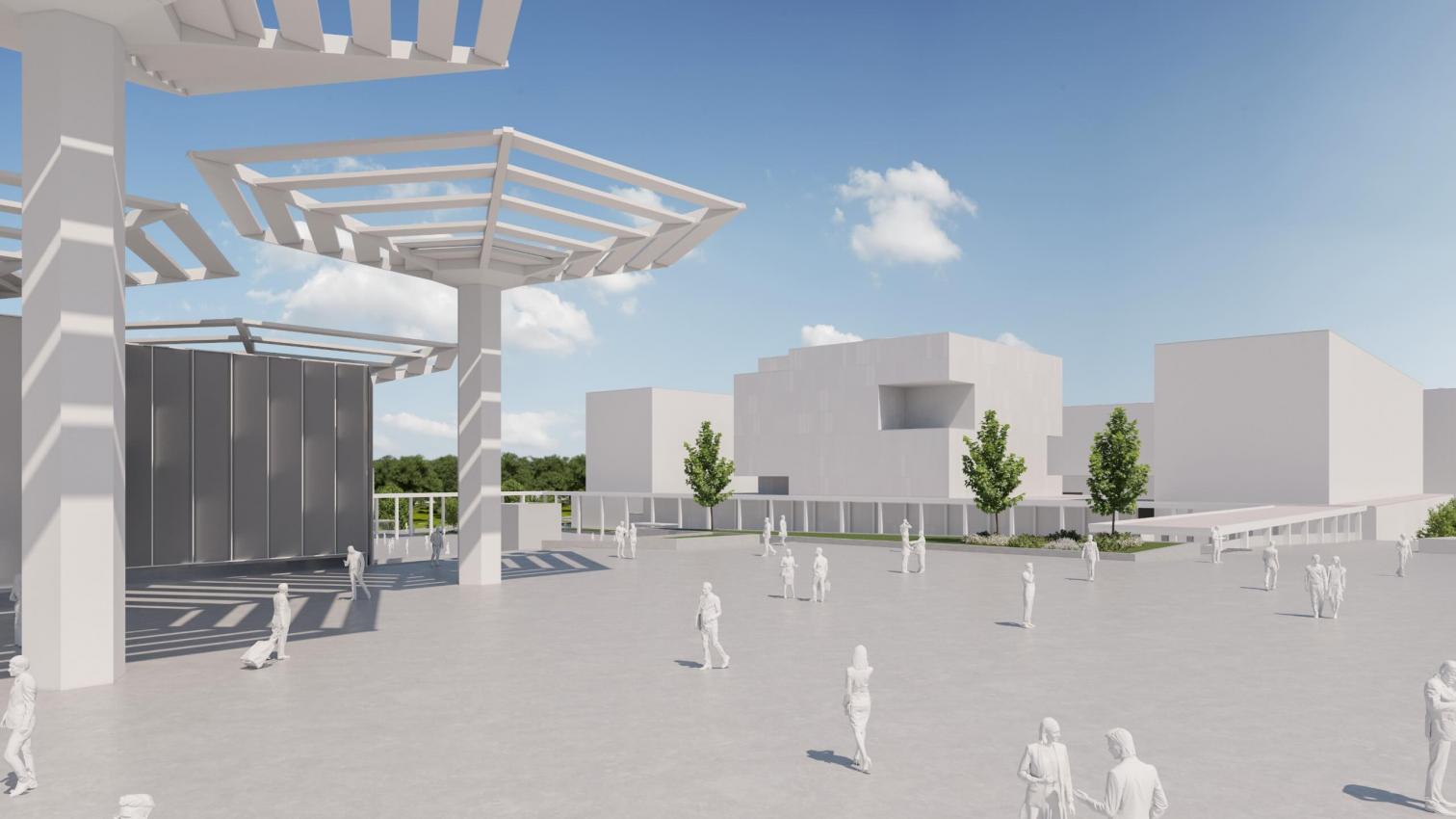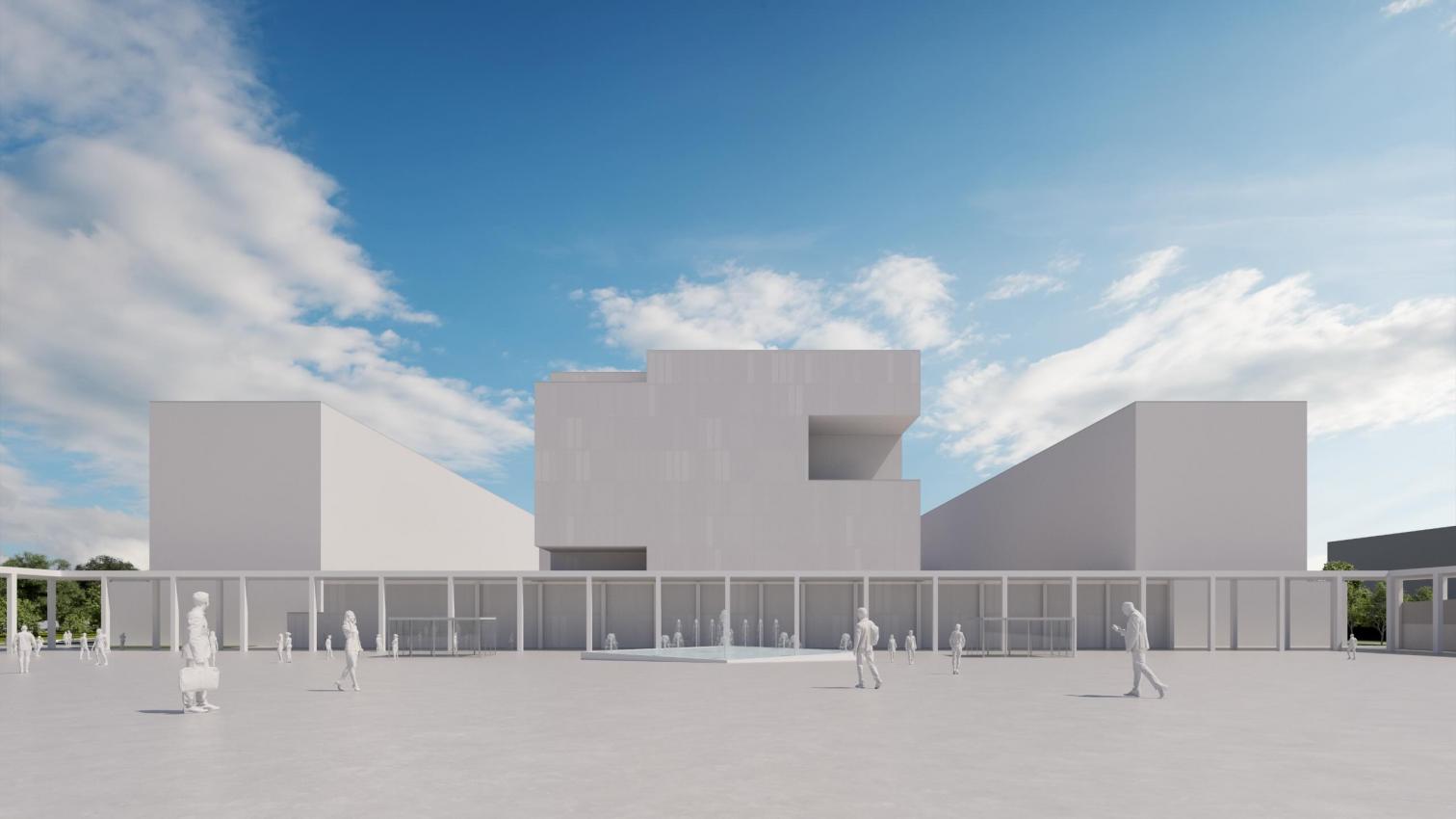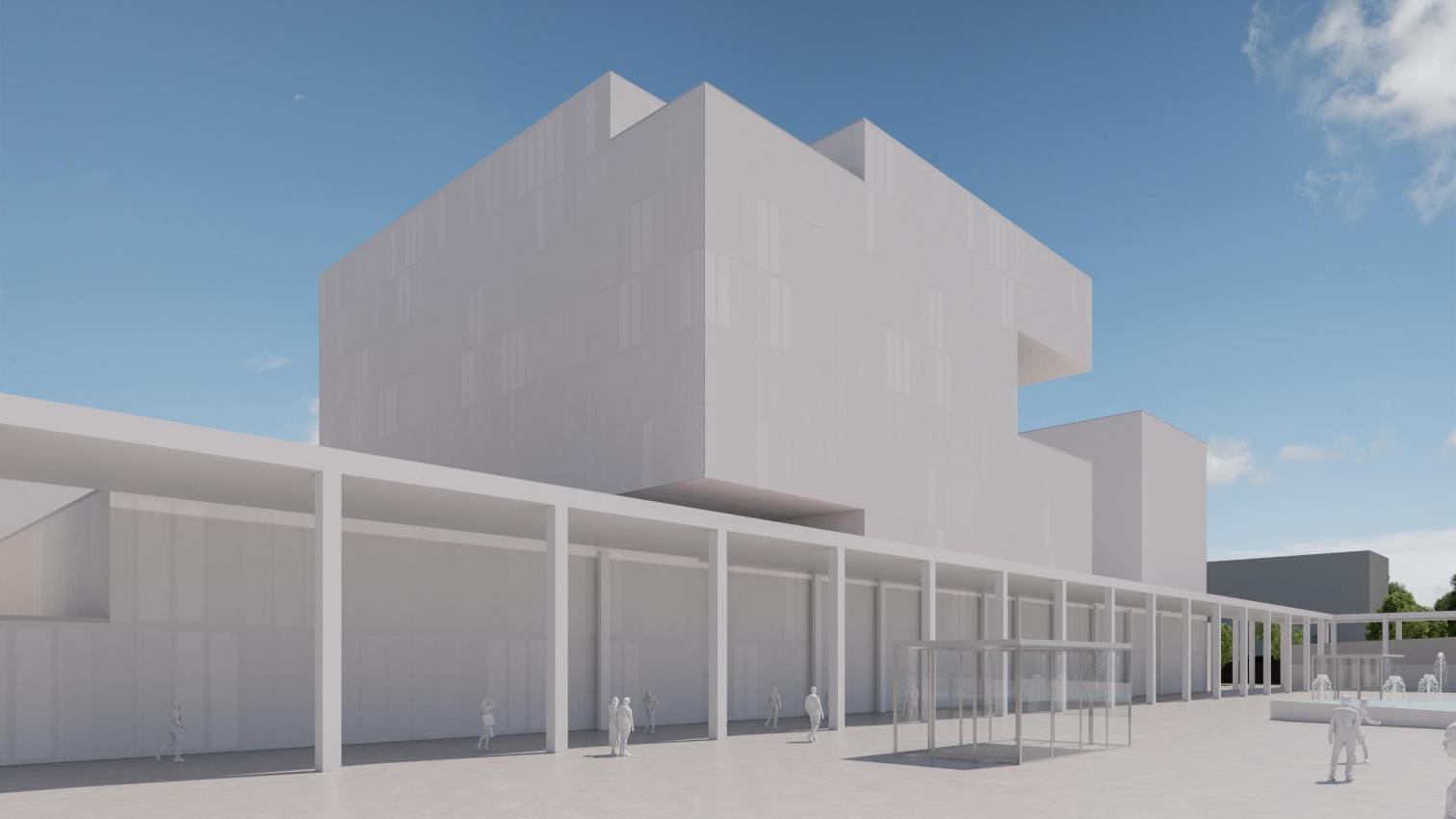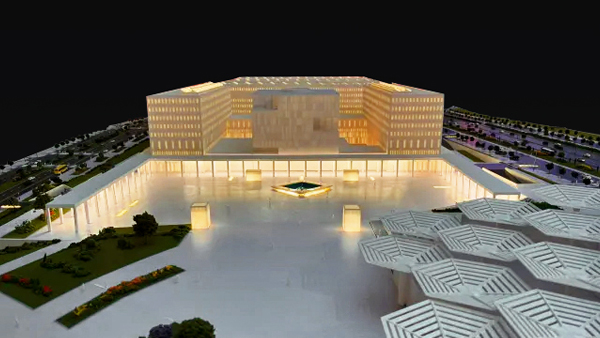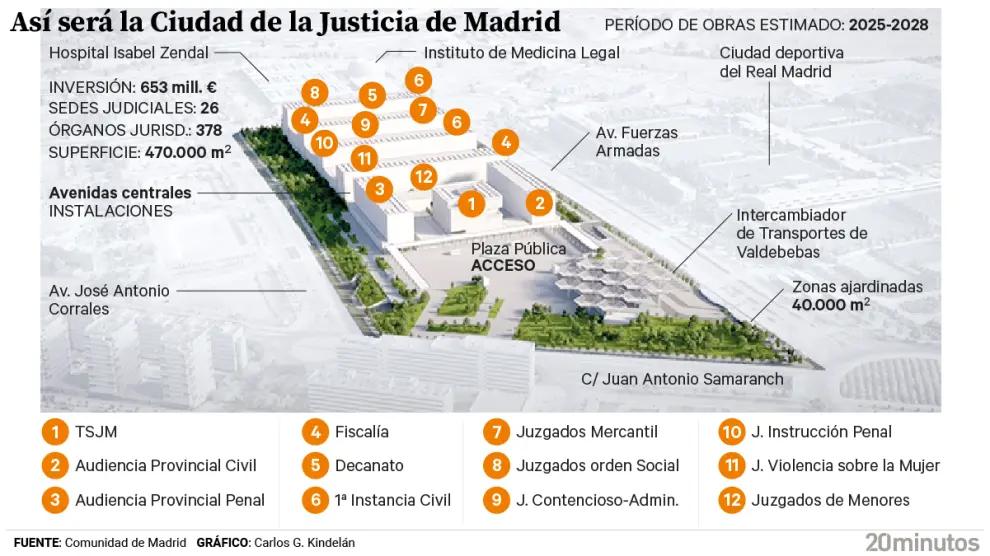Madrid’s future City of Justice
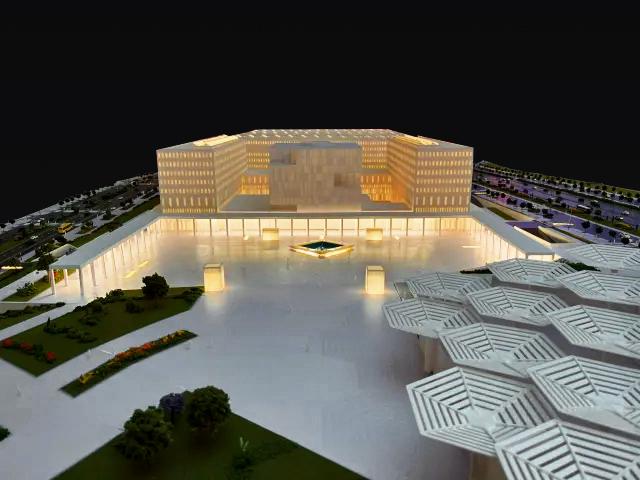
At an event held at the Royal Post Office, the regional government of Greater Madrid – the Community of Madrid – officially presented the project for the City of Justice, an ambitious judiciary complex that will start to go up this June in the Valdebebas area. A model showing how it will look when completed was displayed.
This macroproject, expected to involve an investment exceeing 653 million euros, will unify 26 sites currently scattered across the Spanish capital, concentrating all judiciary activity in in a single campus encompassing more than 470,000 square meters.
The project has been commissioned in two large groups. Group 1 – which includes the drafting of the schemes and the execution of building works for the High Court of Justice, the Provincial Courts, the First Instance Courts, and a public parking facility – was assigned to the UTE (temporary union of companies) formed by OHLA, AZVI, and Rover Infrastructures. The design of this ensemble has been assigned to the architecture firm Lamela. It will face the grand entrance plaza, and be flanked by two buildings of the Provincial Court, connected to one another on the second floor by a 200-seat court for major cases.
Group 2 – including the buildings for civil, penal, and fiscal lawsuits – goes to the UTE comprising Accional Construcción and Dragados, with the architecture office Fenwick Iribarren signing.
One of the most iconic elements of the new campus will be the 13,500-square-meter central plaza, with its green areas, a central fountain, and parking for bicyles. There will also be 40,000 square meters of outdoor gardens and green roofs where native plants will grow, not to mentions a central avenue – all of 10,000 square meters – to hold the entire premises together.
The works will be carried out in several phases. The Madrid Higher Court of Justice (TSJM) and the Provincial and First Instance Courts will be ready in 2026. The remainder will be operational in 2027, with the exception of the criminal court, programmed for 2028, within a total time-span of 36 months.
It is estimated that more than 33,000 people will on a daily basis move through the City of Justice, with its courts, archives, storage spaces, cafeterias, daycare centers, and security facilities. A third of the grounds has been reserved for future judicial requirements, making the complex adaptable to changing needs.
With this project the regional government sets in motion an initiative to give Madrid’s justice system an overhaul, a plan which has been awaited for almost two decades.
